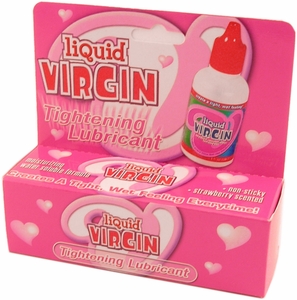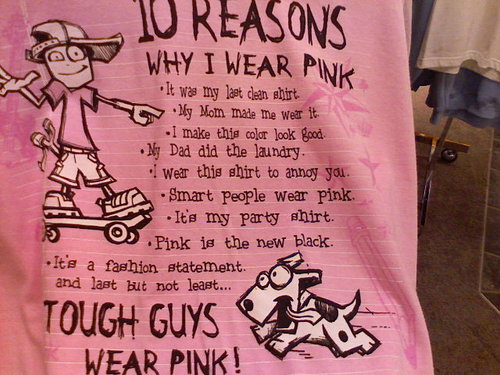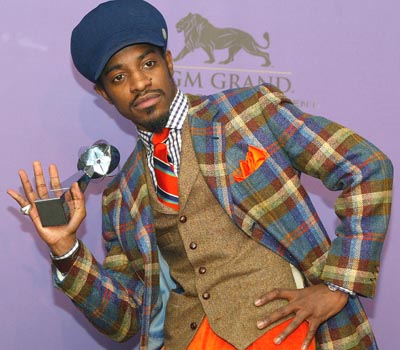My friend at Trucker Bomb alerted me to this clip from the 1956 film “Indestructible Man.” I’m saving it until one of my students waxes nostalgic about the “good old days” in which gender roles were clearer, and people didn’t have to be so confused all of the time about, say, whether it’s okay to open a door for a “lady”. This sort of comment often comes up when we discuss the difference between courtesy (which can apply to everyone) and chivalry (which is predicated on the notion that women are weaker than men). It could also be useful in discussions about gender as it relates to marriage, careers, or golly, just about anything!
[youtube]http://www.youtube.com/watch?v=jgGFzUS4tkg[/youtube]
Man, the good old days were awesome, in a pause-while-laughing-to-barf-a-little kind of way.











